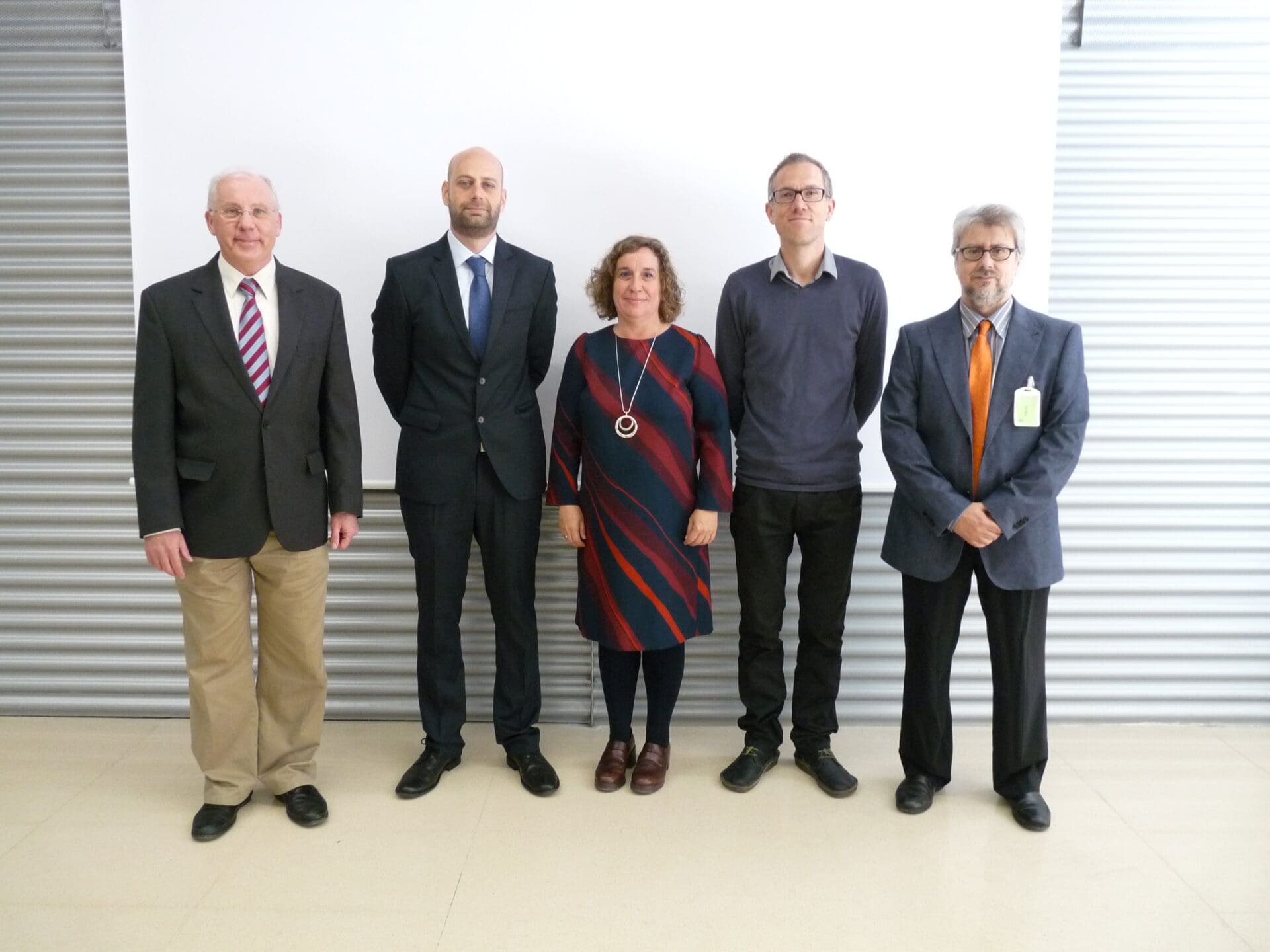Congratulations Dr. Hernández!
Daniel Hernández, PhD student under the supervision of Prof. Pau Ballester (ICIQ), has defended his PhD Thesis entitled “Calix[4]pyrrole-based Receptors for Biologically Relevant Polar Molecules: From Organic to Aqueous Media” (assigned to the Organic and Analytical Chemistry Department of the Universitat Rovira i Virgili) publicly on November 24th at the ICIQ Auditorium.
The members of the evaluation committee were: Prof. Victoria Martínez Díaz (Universidad Autónoma de Madrid), Prof. Pascal Blondeau (Universitat Rovira i Virgili) and Prof. Francisco Nájera Albendín (Universidad de Málaga)
Abstract
This doctoral thesis deals with the synthesis and binding studies of novel receptors based on aryl-extended calix[4]pyrrole scaffolds. Specifically, we describe a new synthetic methodology for the synthesis of water-soluble aryl-extended calix[4]pyrrole functionalized with water solubilizing groups distal to the binding site. This strategy avoids possible perturbation during the complex formation and permits the future construction of more elaborated receptors. We report the binding studies of these new water-soluble receptors with a series of pyridine N-oxides derivatives in water. The results obtained highlighted the ability of the aromatic cavity to protect and ensure the formation of hydrogen-bonding interactions in water. We also describe the synthesis of a new monophosphonate receptor for the selective recognition of neutral creatinine and creatininium cation in organic solution. Our studies demonstrate that the new monophosphonate receptor is able to form complexes with creatinine and creatininium cation with 1:1 and 1:2 (host:guest) stoichiometries, respectively. We demonstrate the importance of the polar phosphonate group in the formation of these complexes. It is worthy to notice that the new monophosphonate receptor was also used to construct an ion-selective electrode for the quantification of creatinine in biological fluids. We have studied the complexation of creatinine in water by newly synthesized water-soluble bisphosphonate receptors that incorporate the water solubilizing groups at the end of the meso-alkyl chains of the calix[4]pyrrole scaffold. In contrast to the results obtained in organic solution, the presence of the polar phosphonate group in aqueous solution works against the complex formation due to solvation effects. Finally, we describe a fluorescent monophosphonate aryl-extended calix[4]pyrrole receptor. The receptor is used for the sensing of creatinine in organic solution.
Related news

Let's create a brighter future
Join our team to work with renowned researchers, tackle groundbreaking
projects and contribute to meaningful scientific advancements







 30-10-2024
30-10-2024 


















